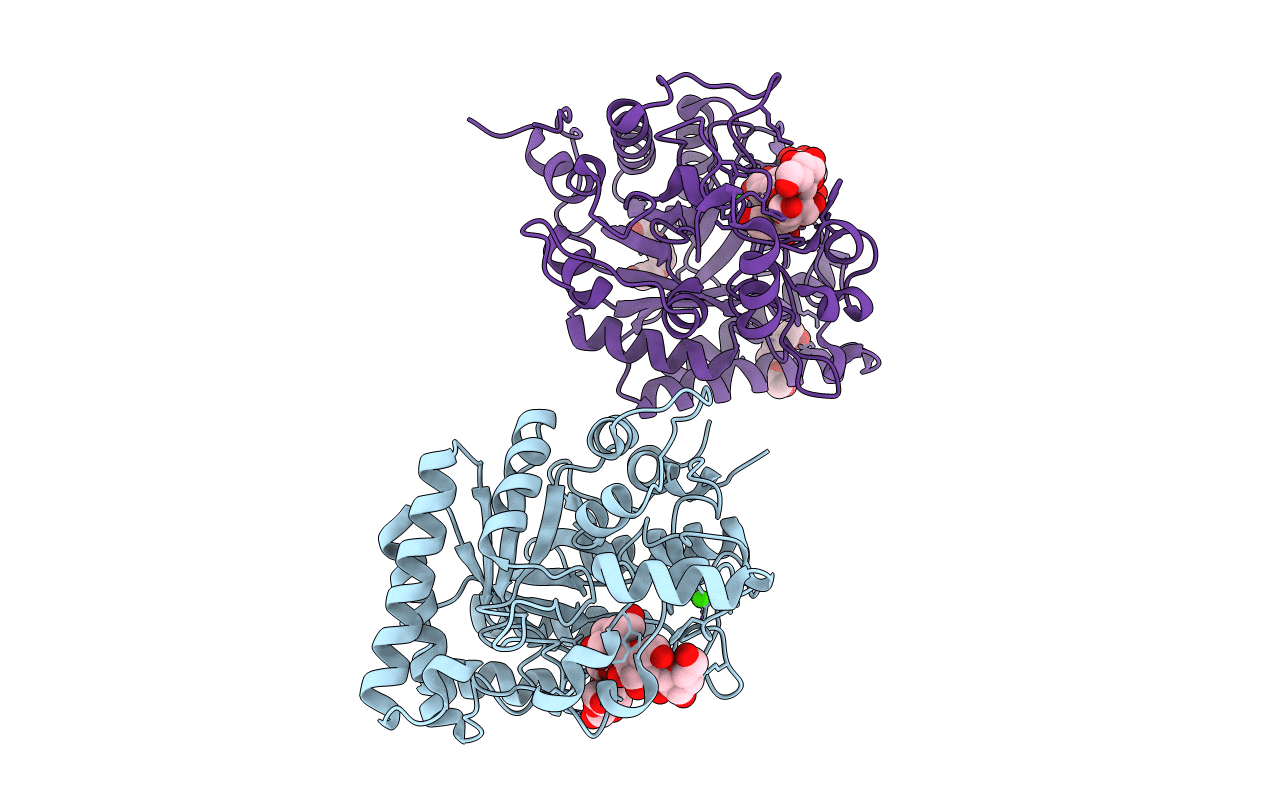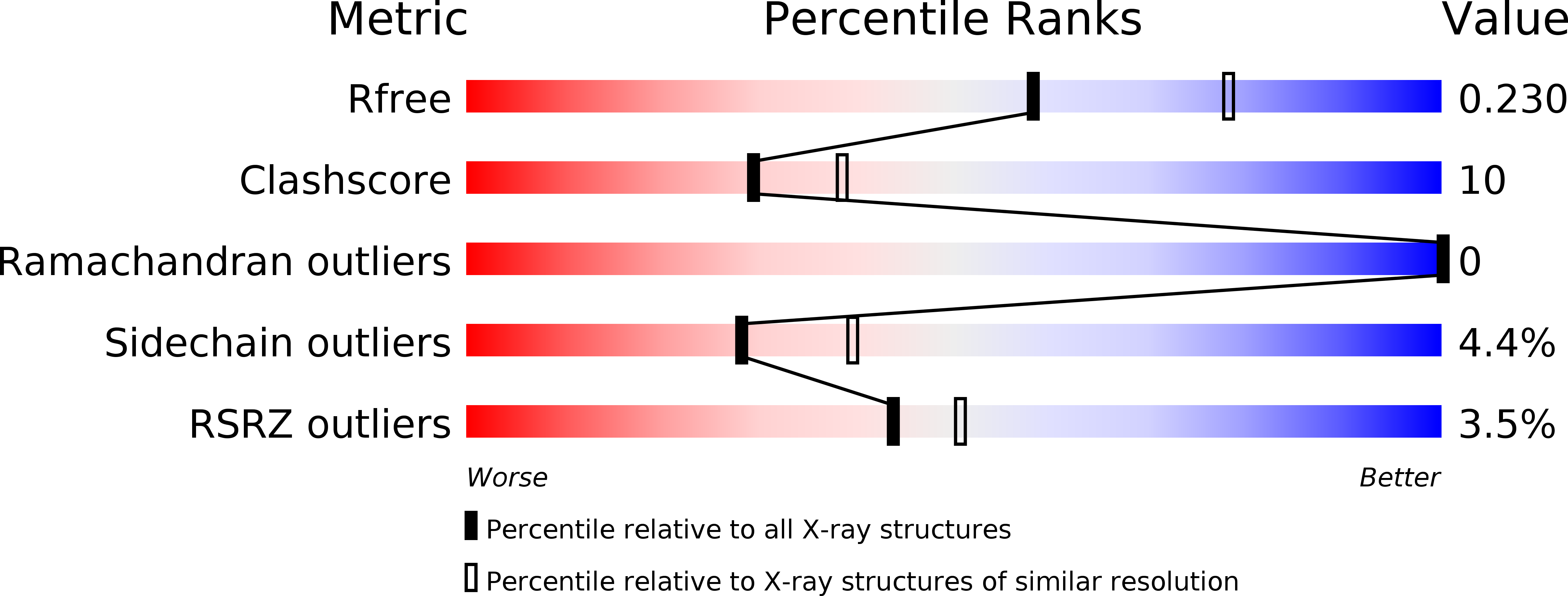
Deposition Date
2006-01-18
Release Date
2006-03-21
Last Version Date
2023-12-13
Entry Detail
Biological Source:
Source Organism:
BACILLUS LICHENIFORMIS (Taxon ID: 1402)
Host Organism:
Method Details:
Experimental Method:
Resolution:
2.30 Å
R-Value Free:
0.24
R-Value Work:
0.20
R-Value Observed:
0.20
Space Group:
P 1 21 1


